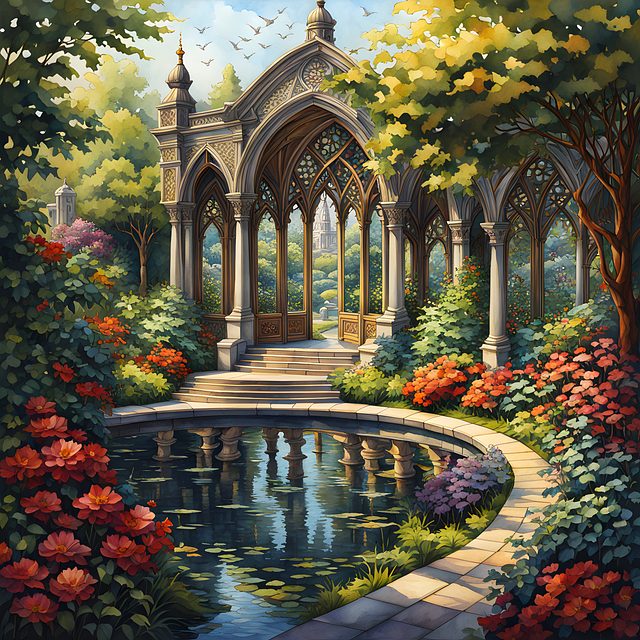In recent years, there's been a significant shift towards backyard fountains as eco-friendly landscaping trends gain popularity. These features offer practical benefits beyond environmental awareness by enhancing outdoor spaces and promoting sustainability. By supporting local wildlife, reducing water consumption with efficient systems, and contributing to biodiversity, backyard fountains are visually appealing and environmentally conscious solutions. Innovations in sustainable materials and creative designs allow homeowners to transform their outdoor areas while minimizing their ecological footprint, resulting in serene, harmonious spaces that blend beauty and responsibility.
The integration of eco-friendly water hardscaping, particularly backyard fountains, is gaining traction as a sustainable alternative to traditional landscaping. With an increasing awareness of environmental conservation, homeowners are seeking ways to enhance their outdoor spaces while minimizing their ecological footprint. This article explores the rise of these green water features, delving into their environmental benefits, innovative designs using sustainable materials, and aesthetic integration with natural surroundings. Discover how backyard fountains can transform your yard into a harmonious blend of beauty and eco-responsibility.
- The Rise of Eco-Friendly Water Features in Landscaping
- Benefits of Backyard Fountains for Environmental Conservation
- Sustainable Materials and Designs for Water Hardscaping
- Integration and Aesthetics: Creating Harmony with Nature in Your Yard
The Rise of Eco-Friendly Water Features in Landscaping
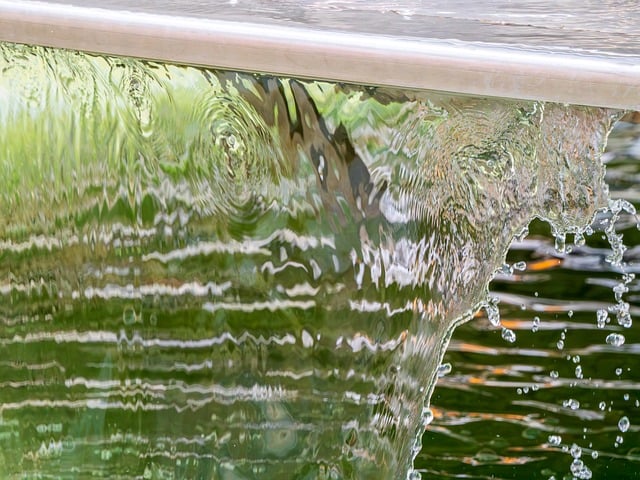
In recent years, there’s been a notable shift in landscaping trends towards eco-friendly water features. This isn’t just a response to growing environmental consciousness but also a practical solution that enhances outdoor spaces while promoting sustainability. Eco-friendly water hardscaping solutions, such as backyard fountains, are becoming increasingly popular due to their ability to support local ecosystems and mitigate the heat island effect, making them a smart choice for both homeowners and urban planners.
Backyard fountains offer more than just aesthetic appeal; they contribute to biodiversity by providing habitats for local wildlife, from birds to insects. Additionally, these water features can help reduce water consumption when incorporated with efficient irrigation systems. As the demand for sustainable practices continues to grow, so does the innovation in eco-friendly water hardscaping, ensuring that both nature and style are catered to without compromising one for the other.
Benefits of Backyard Fountains for Environmental Conservation
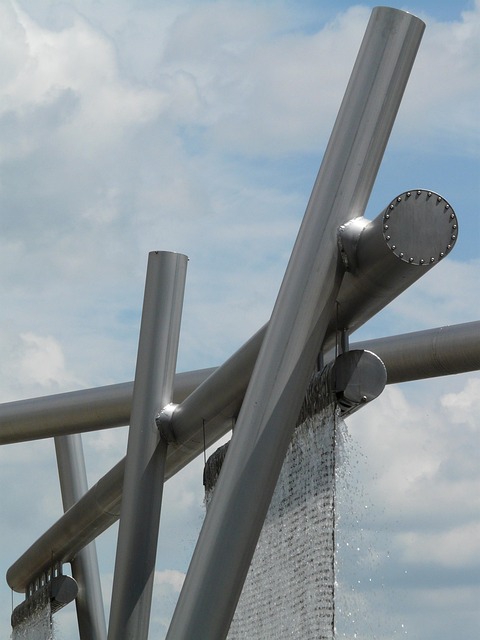
Backyard fountains offer a compelling blend of aesthetic appeal and environmental conservation, making them an eco-friendly water hardscaping solution. These features not only enhance the visual beauty of outdoor spaces but also play a significant role in maintaining local ecosystems. By introducing a constant source of moving water, fountains support biodiversity by providing habitats for various aquatic organisms, from small insects to birds that rely on water sources for food and shelter.
Moreover, they contribute to water conservation efforts. Unlike traditional irrigation systems, backyard fountains use water efficiently, as the water is continuously recycled and filtered. This reduces overall water consumption, making them a sustainable choice for homeowners looking to minimize their environmental impact. The gentle misting or cascading effect of these fountains also helps to cool down surrounding areas, mitigating the urban heat island effect and promoting a healthier local climate.
Sustainable Materials and Designs for Water Hardscaping
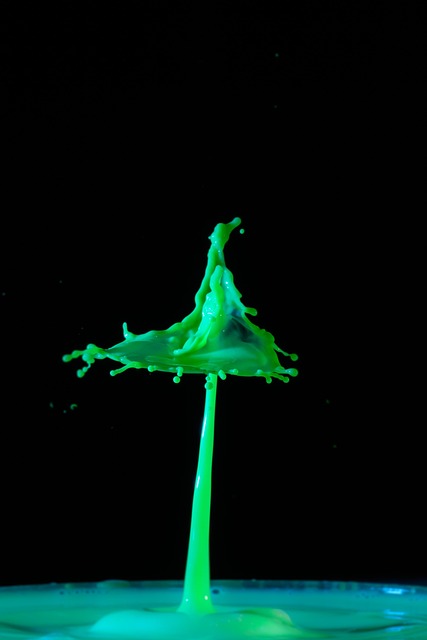
In the realm of water hardscaping, embracing sustainable materials and innovative designs is a game-changer for eco-conscious homeowners looking to enhance their outdoor spaces. When it comes to creating stunning backyard fountains or water features, there are now numerous options that minimize environmental impact. Natural, recycled, or upcycled materials like bamboo, reclaimed wood, and glass can be utilized to build captivating water sculptures, replacing traditional options that often rely on non-biodegradable components.
These sustainable materials not only reduce waste but also offer unique aesthetic appeal. For instance, a backyard fountain crafted from recycled metal or plastic bottles can be both functional and statement-making. Additionally, designing with efficiency in mind ensures optimal water circulation, reducing energy consumption. Integrating natural elements and incorporating organic shapes can create serene and harmonious outdoor environments, where water hardscaping becomes a harmonious blend of beauty and ecological responsibility.
Integration and Aesthetics: Creating Harmony with Nature in Your Yard
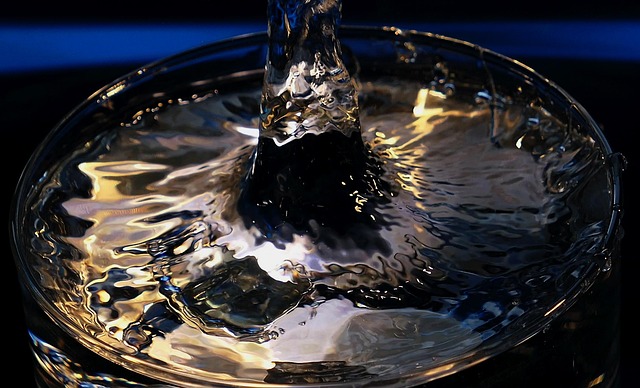
Incorporating eco-friendly water hardscaping solutions like backyard fountains not only enhances the beauty of your yard but also promotes a harmonious relationship with nature. These features can be designed to blend seamlessly into existing landscapes, creating a peaceful and serene atmosphere that mirrors the natural world. For instance, a modest fountain nestled among native plants and trees can become a tranquil oasis, attracting beneficial insects and birds while reducing the need for chemical treatments.
Aesthetically, backyard fountains offer versatile design options that cater to various preferences. From elegant, minimalist styles to ornate, decorative pieces, these water features can serve as focal points or subtle additions to your outdoor space. By selecting materials like recycled metals or natural stone and incorporating native flora, you create a cohesive look that is both visually appealing and environmentally conscious. This integration of form and function ensures your yard becomes not just a beautiful amenity but also a sustainable contributor to the local ecosystem.
The integration of eco-friendly water hardscaping, particularly prominent in the form of backyard fountains, is not only a beautiful addition to any yard but also plays a crucial role in environmental conservation. By utilizing sustainable materials and designs, these features contribute to a healthier ecosystem while enhancing the overall aesthetic appeal. With proper planning, homeowners can create harmonious outdoor spaces that beautifully blend with nature, ensuring a greener future for all.
